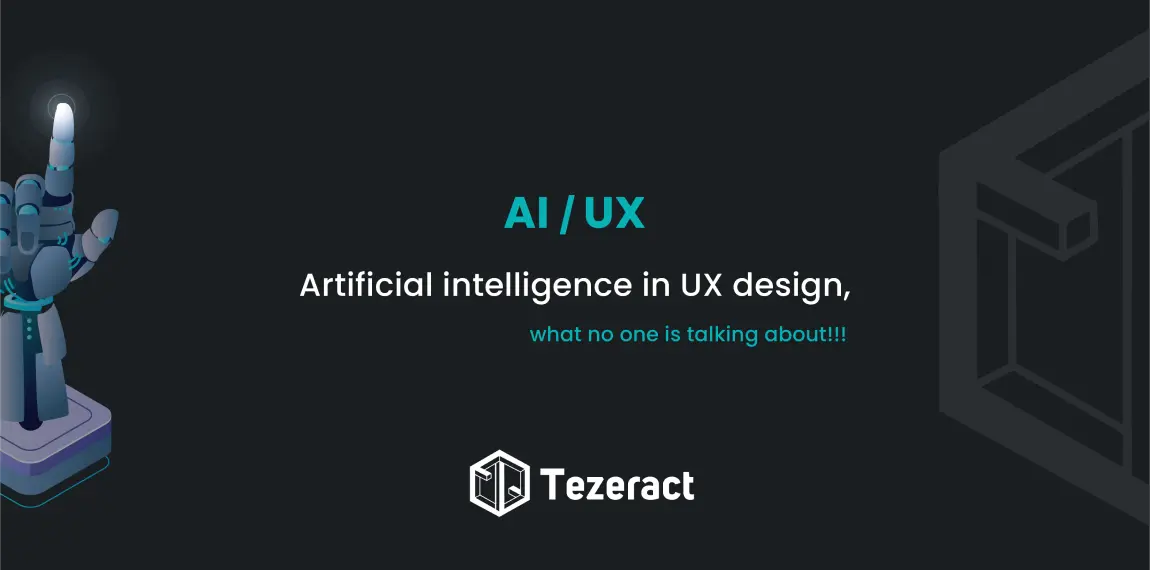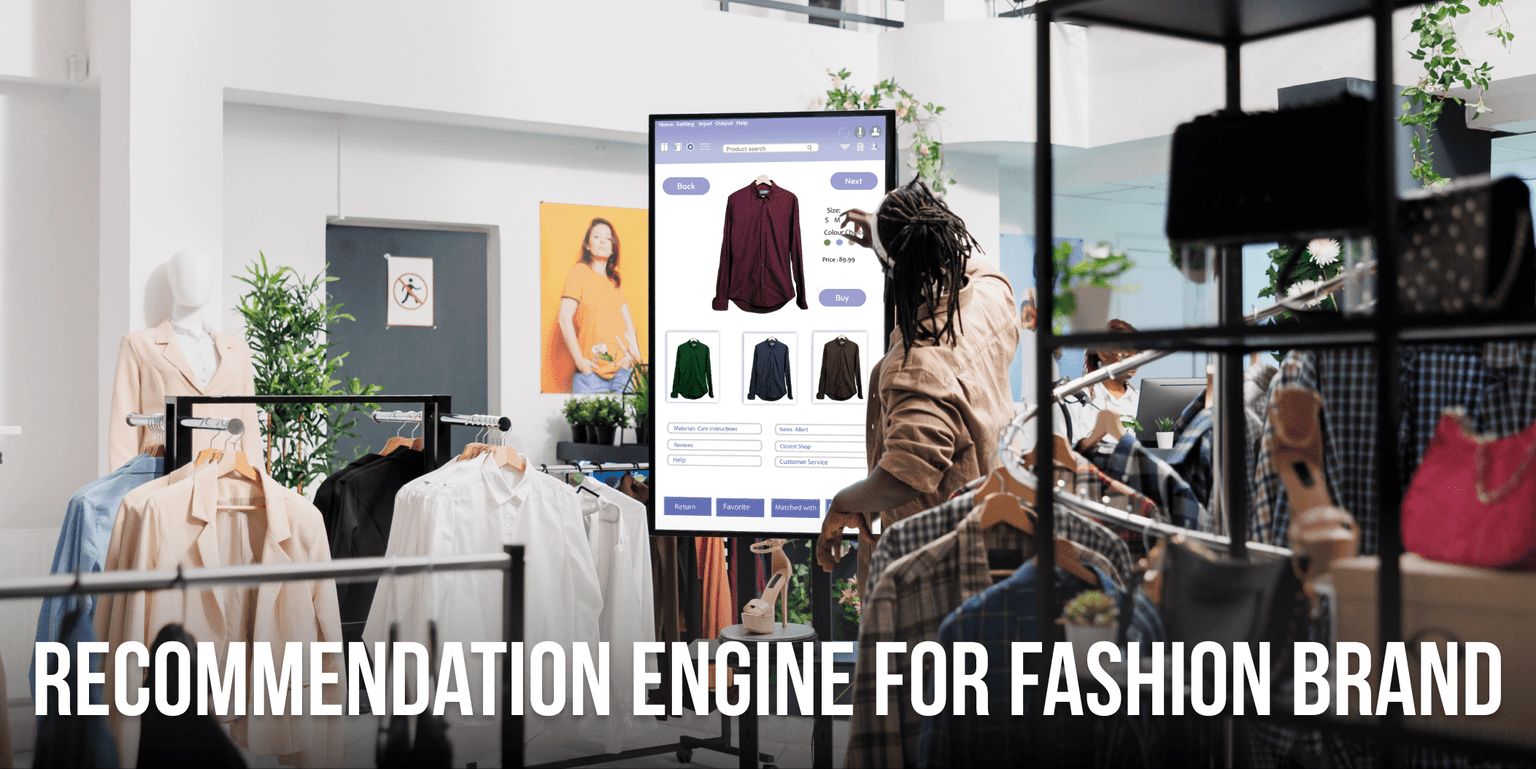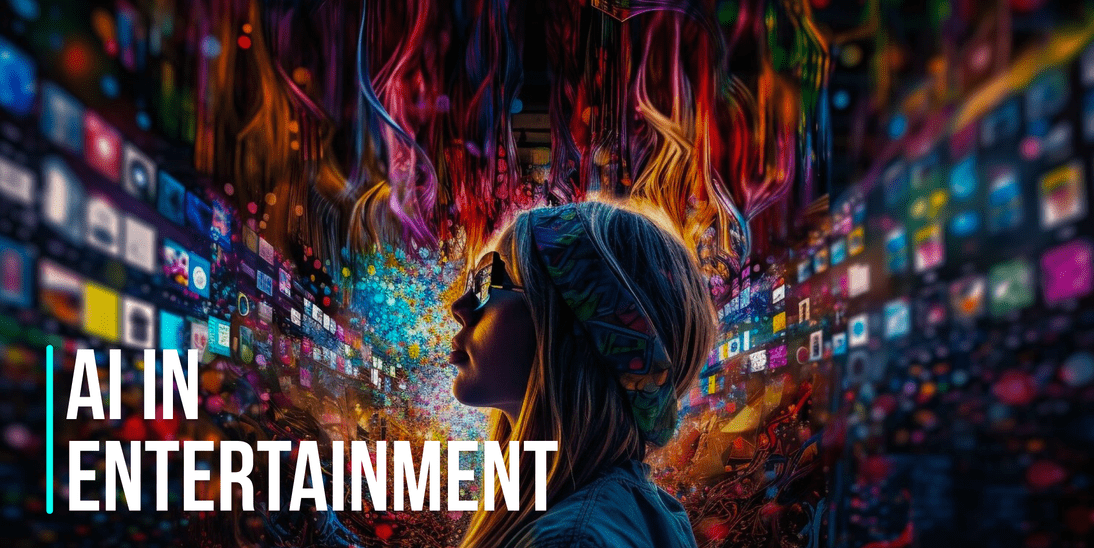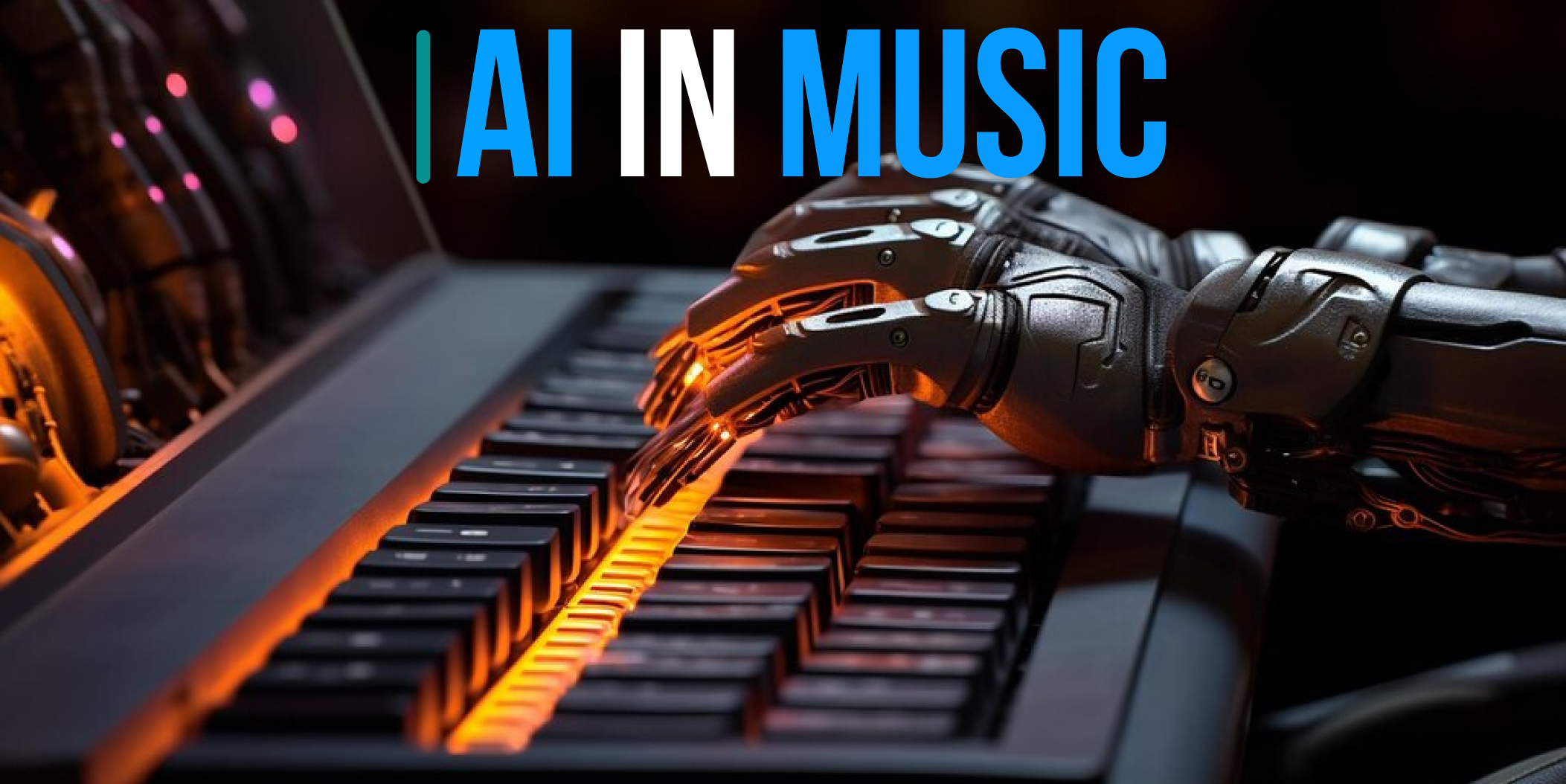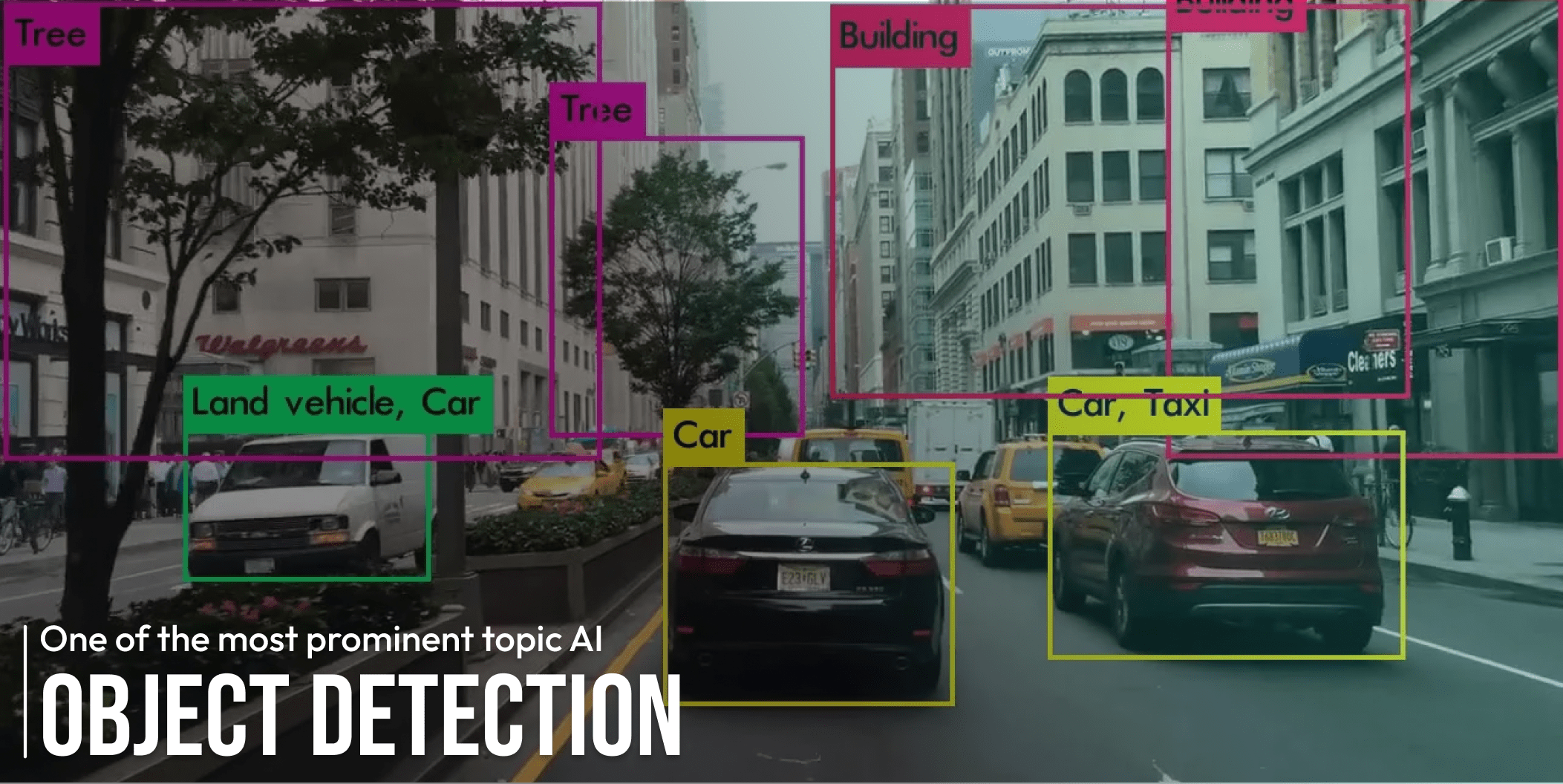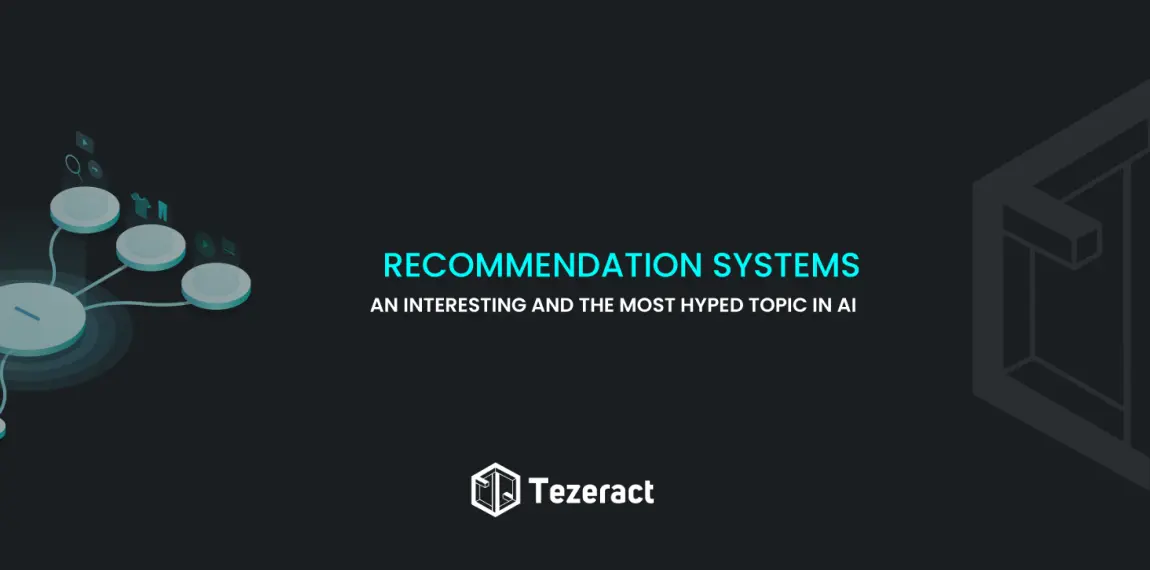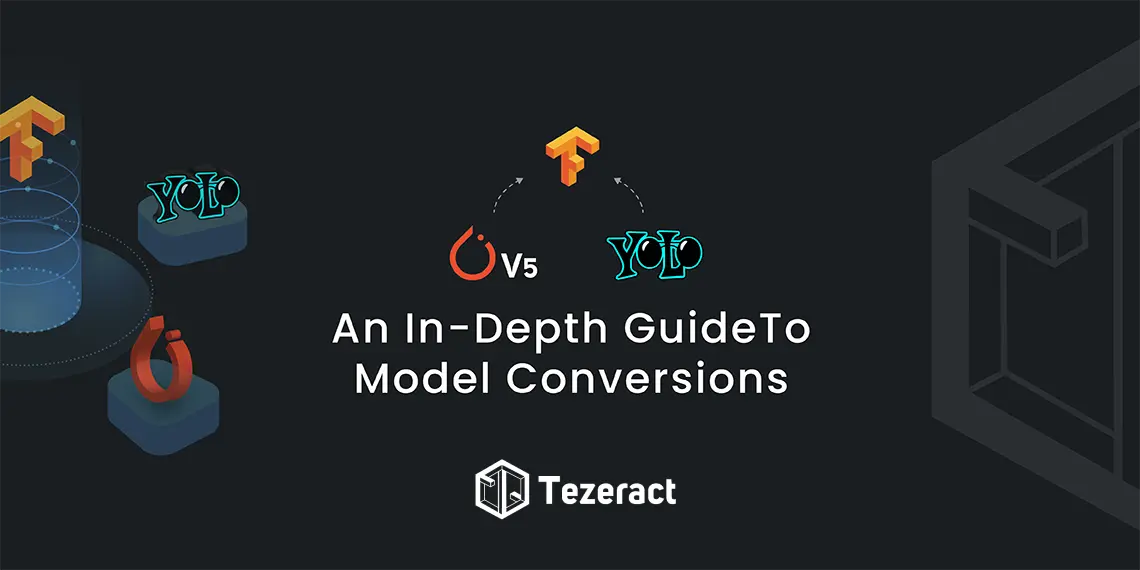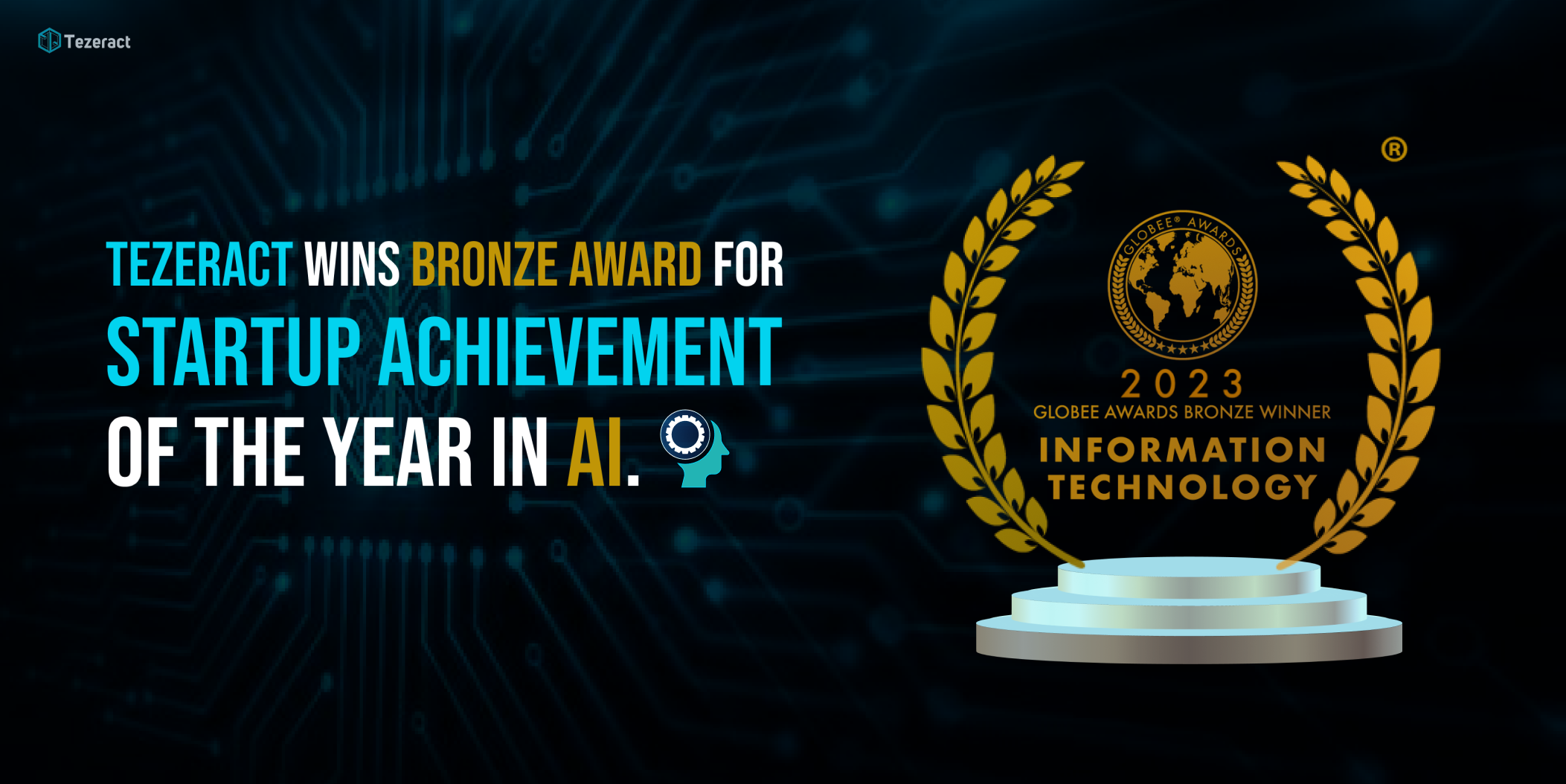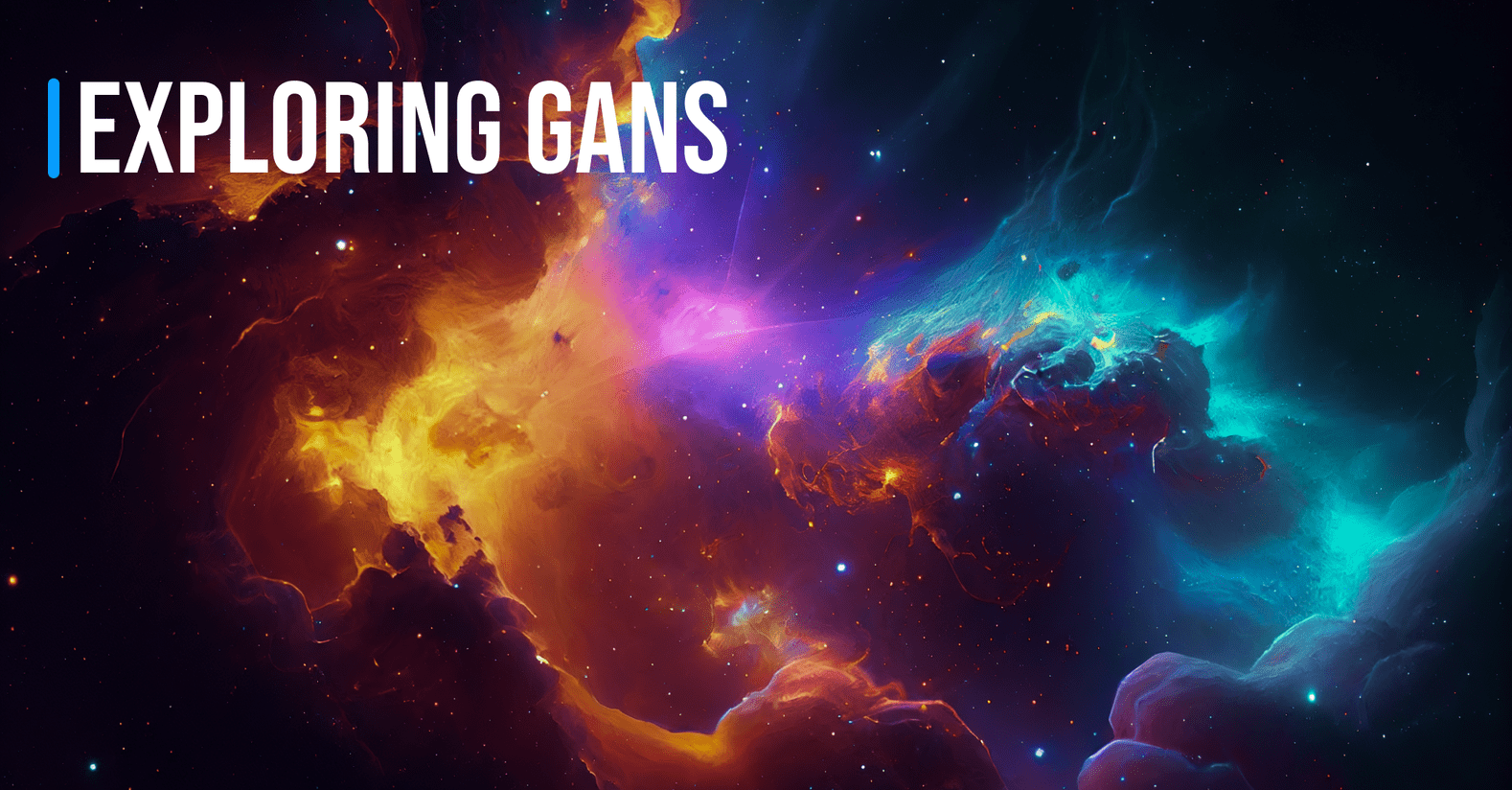Overview
In the previous article, I explained some in-depth concepts of UX design and how it is influenced by Artificial Intelligence. This guide will provide you with some in-depth knowledge about the significant impact of Artificial Intelligence in UX design and how AI is helping UX Designer to boost and revamp their skills which results in better and improve User experience
Importance of AI
In today’s world, Artificial Intelligence is used by everyone. Many Industries and people around the globe are using Artificial Intelligence to automate processes, increase efficiency and reduce costs. Also, There are Digital Industries that specifically target Artificial Intelligence to improve user experience and customer satisfaction to its best.
Currently, the Digital Industry is roughly doubling every 18 months. The speed of this development is directly related to the improvement in software, which has resulted in Artificial Intelligence and Advanced Algorithms that are evolving day by day to understand some of our most complex natural processes. Due to the rapid growth of new technology, User Experience is rapidly evolving and Artificial Intelligence is playing a big role in revamping and enhancing User Experience Design.
The current face of AI
There are 3 types of artificial intelligence (AI): narrow or weak AI, general or strong AI, and artificial super intelligence.
Super AI
Artificial Super Intelligence (ASI), is the hypothetical AI that doesn’t just mimic or understand Human Intelligence and behavior; ASI is where machines become self-aware and surpass the capacity of Human Intelligence and ability.
General AI
Artificial General Intelligence (AGI), also referred to as strong AI or deep AI, is the concept of a machine with General Intelligence that mimics Human Intelligence and/or behaviors, with the ability to learn and apply its intelligence to solve any problem. AGI can think, understand, and act in a way that is indistinguishable from that of a human in any given situation.
Narrow AI
Artificial Narrow Intelligence (ANI), also referred to as weak AI or narrow AI, is the only type of Artificial Intelligence we have successfully realized to date. Narrow AI is goal-oriented, designed to perform singular tasks – i.e. Facial Recognition, Speech Recognition/Voice Assistants, driving a car, or searching the internet – and is very intelligent at completing the specific task it is programmed to do. ANI systems are created to carry out specific tasks showing specific aspects of intelligence in a specific context. All current applications of AI, whether it is an autonomous car, a chatting app camera filter, or an intelligent OSS, are all considered narrow or “weak” by this definition.
Impact of Artificial Intelligence in UX design
UX and artificial intelligence go hand in hand in improved user experience. The impact of artificial intelligence in UX design is significant and will continue to grow in the future.
Thinner user interfaces
Thinner user interfaces present fewer hindrances to users when they are navigating or exploring a Web site or application. Using historical data, artificial intelligence can anticipate a user’s action or query and provide a possible solution or pertinent results
Automation
While many repetitive, mundane tasks aren’t important, they still require human attention to be completed successfully. Some examples of such tasks that Artificial Intelligence can automate include resizing images, making color corrections, and cropping images. Artificial Intelligence (AI) developers have come up with technology that can do all of these tasks without any human intervention. For example, Adobe’s AI can identify patterns in images and help designers stitch them together.
Intelligent, more standard design systems
A design system is built upon a set of guidelines. It provides patterns, modules, and elements that together comprehend the design language of a product or brand. Salesforce, GE, Airbnb, Google, and many other companies have created design systems that UX designers can use to create a consistent, well-designed user interface for their customers or users.
Visual outcome
One innovation coming out of the AI community is Human-Face Recognition. This technology has been used in the development of applications such as Autodraw, Artisto, and Prisma. Additionally, users can apply visual effects such as blur and shadow to images of human faces.
How AI is helping UX designers
Artificial Intelligence (AI) and Machine Learning (ML) have helped developers and designers leverage automation in their products- and applications- Let’s consider how.
Making decisions
AI in UX design can help UX designers by providing choices and helping them quickly make design decisions. ML predictions are based on historical datasets and make user decision-making quick and easy by providing the fewest options.
Building bonds between humans and AI
VoiceAassistants are a popular example of Human-AI bonding. By observing how people use Voice Assistants, such as Siri and Alexa, AI can accurately predict human behavior. This is an important step in Human-AI bonding that helps designers improve the User Experience.
Providing value to users
Artificial Intelligence is a branch of computer science that aims to recreate Human Intelligence in machines. AI-powered apps focus on satisfying the precise needs of users, and companies are using ux and artificial intelligence to deliver the best User Experience and great outcomes. A product that delivers maximum value to your customers and users results in a profitable business.
Final thoughts
That’s it, folks! In this article, We have discussed the impact of Artificial Intelligence in UX design could make a big difference in how you look at designs. However, designers must also maintain a balance between UX and ethics.
The use of AI will give us even more insights into human behavior through a deeper understanding of what motivates human desire and worry. AI can process with super speed and bring billions of solutions for a particular problem but it cannot detect the user needs with empathy and compassion. If used correctly, this information has the potential to continue benefiting products and services.
If you have any queries or want to improve the user experience of your designs just contact us or drop your message at contact@tezeract.ai. We will be happy to resound to you. Thank you!

